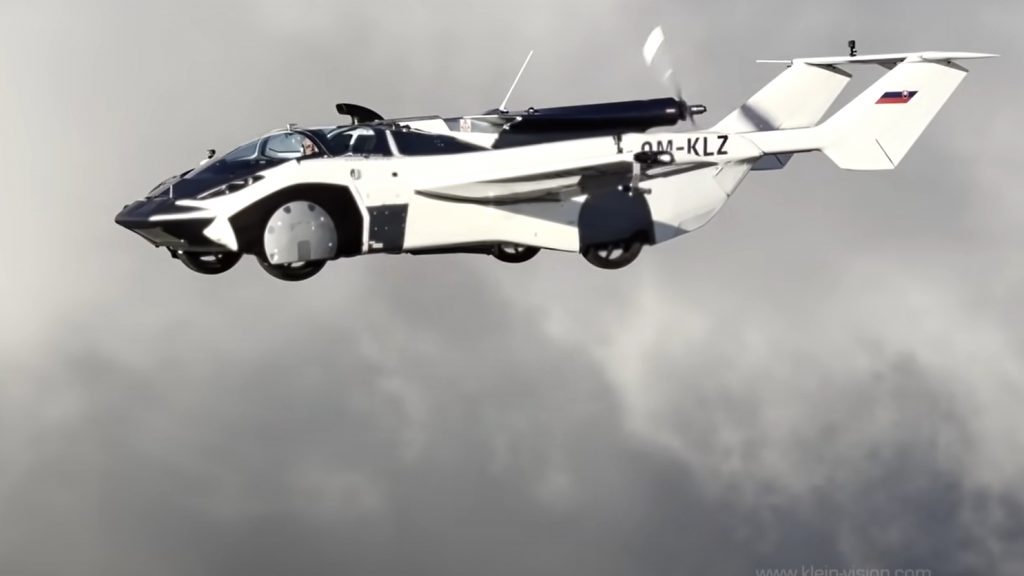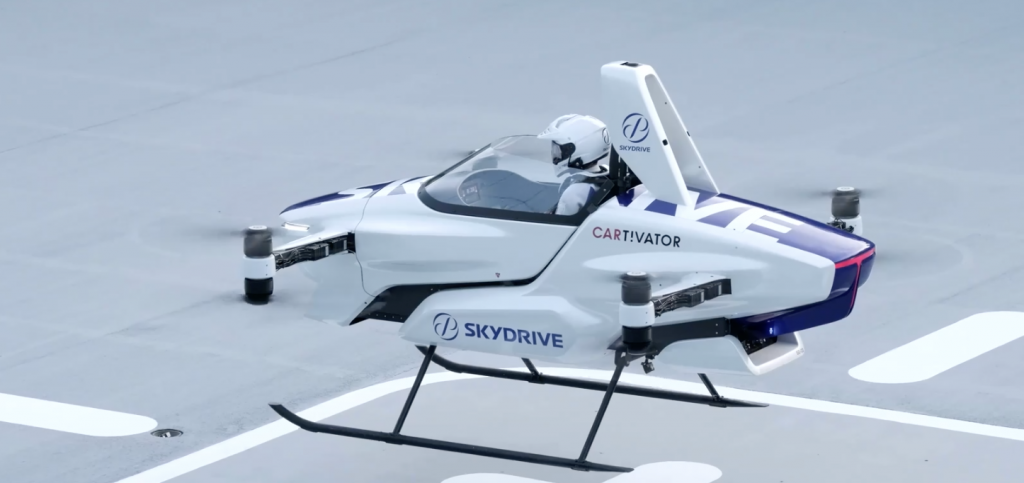Why Flying Cars Will Be Soaring The Skies Sooner Than You Think
Owning a flying car may soon no longer be a thing found only in science fiction, flying cars may be soaring the skies sooner than you think.
This article is more than 2 years old

Japanese company SkyDrive is working on a potential flying car for the future. In 2025, SkyDrive hopes to have soaring vehicles for customers to use in Osaka for the World Expo. If this company can make successful models, flying cars will be more than just a sci-fi dream.
The Japanese start-up just announced this partnership with Suzuki to develop these flying cars. The two companies would come together to create this vehicle, better known as an electric vertical take-off and landing vehicle. Operating under the name SD-05, the model will have room for one pilot and one passenger. This two-seater model looks more like a condensed helicopter than any standard car on the road.

Though SkyDrive announced its plans to partner with Suzuki this year, the dream to create these flying cars started back in 2020. SkyDrive was working to make the flying vehicle a reality when it debuted a model of the SD-03, the predecessor to the SD-05. The company held a private demonstration that showcased the innovative car’s mobility. The demonstration showed that the SD-02 could fly six feet above the ground and hovered for four minutes. Though this isn’t long enough to keep passengers traversing standard distances, it did prove that technology was advanced enough to make flying vehicles a reality.
After two years of anticipating, SkyDrive got the certification it needed to continue its flying car journey. In April, the company released a statement about its agreement with Japanese transportation regulators, which allowed them to start constructing flying vehicles legally. The month prior, SkyDrive had to gain certifications from the Japan Civil Aviation Bureau and the Ministry of Land, Infrastructure, Transport, and Tourism as well. These certifications specifically apply to the construction of SkyDrive’s SD-05 and will allow no other model to be manufactured at this time.
Getting SkyDrive’s flying cars proper certification was difficult because of its unique construction. There have never been air taxis operating worldwide, so the precedent has not been set regarding environmental, traffic, and safety guidelines. SkyDrive has promised that it’ll utilize the Japan Civil Aviation Bureau for necessary inspection at every step of the engineering and manufacturing process. This will include making up rigid inspection standards, making certification plans for further vehicles, and establishing proper demonstrations internationally.
Though SkyDrive’s certifications were announced in April, the company was given the green light to construct its flying car in October 2021. Nobuo Kishi, the Chief Technology Officer of SkyDrive, corroborated this by a statement on the company’s website. In the report, Kishi said that the company and the Aviation Bureau have been working together since October to develop proper plans and guidelines for the SD-05. Together, they decided that SkyDrive would adopt the Airworthiness Inspection Manuel Part II, a manual designed for fixed-wing aircraft in Japan. The manual helps define what aircraft have the right design for take-off and landing, specifically for 19 passengers or more miniature aircraft. Though flying cars may feel like a reality of the distant future, three more years of engineering work from SkyDrive and air taxis may soon become a global norm.




